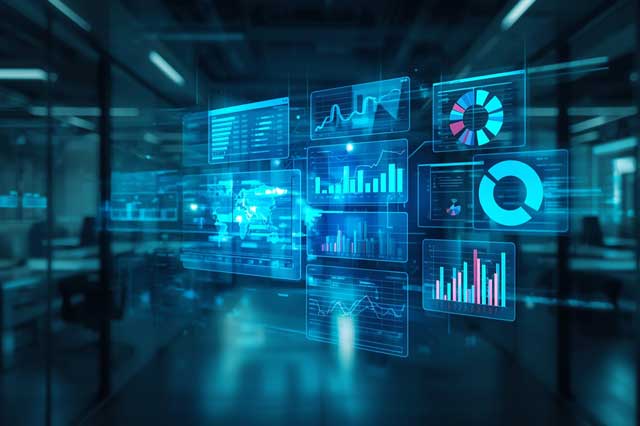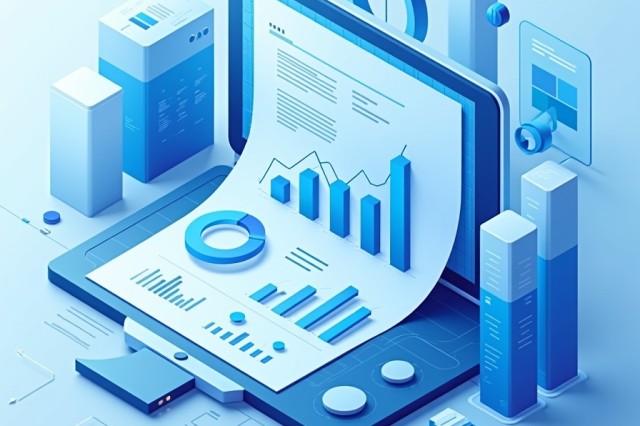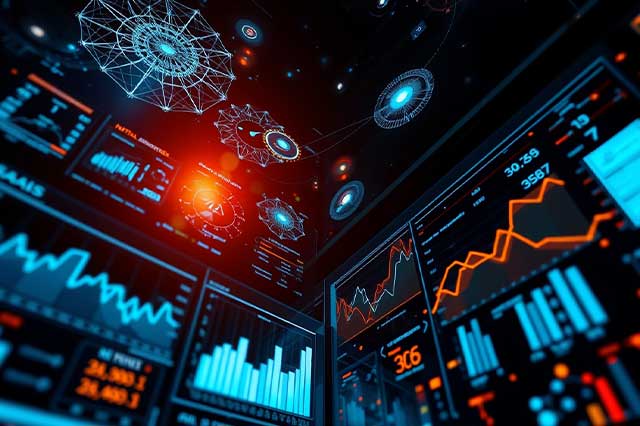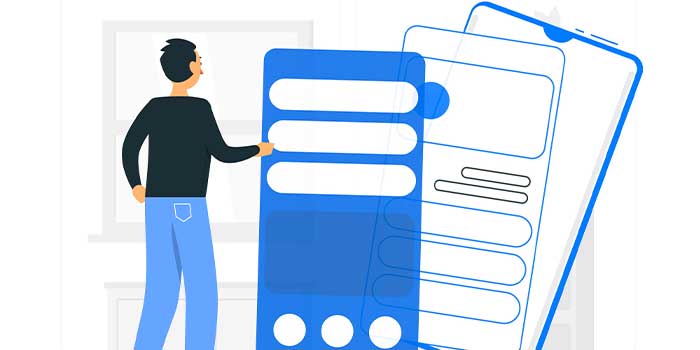25 Most Important Libraries in Python for Data Science in 2025

Data science is the intermediate ground of extracting insights and knowledge from data using scientific methods, processes, algorithms, and systems. Indeed, without the convenience of having data analyzed at one’s fingertips, modern-day decision-making would lose its way to making data-driven decisions inside any organization or business. Here, we will answer the common question, ‘What are Python libraries?’ and list the top 25 Python libraries.
Python has emerged as the de facto choice for completing data science tasks over the past years due to their richest ecosystem of libraries and tools. Let us explore 25 of the most widely used, practical, and highly supported Python libraries for data science in 2025.
Learn Basic Programming Using Python: Enroll Today!!
List of 25 Most Important Python Libraries for Data Science in 2025
Let us find out the list of Python libraries for data science any data scientist would need:
1. NumPy:
NumPy is the core library for any kind of numerical computing in Python. It offers a rich and efficient toolbox for working with arrays and matrices and supports all of the mathematical operations.
2. Pandas:
This is the library for data manipulation and analysis. Dataframe, indeed, is offered by this library to organize and work with the data in any table, with which we can just filter, sort, group together datasets, or join them together.
3. Matplotlib:
Matplotlib is a pretty convenient collection of tools for developing various types of visualizations—line plots, bar charts, scatter plots, histograms, and loads more.
4. Seaborn:
Seaborn is a library that enhances the structure of Matplotlib to serve as the basis of development for pretty statistical graphics. Seaborn hides most of the low-level plot details, thus making it easier to create pretty and informative plots.
5. Scikit-learn:
It is a whole library covering all the various algorithms differing for the various types of tasks, including classification and regression, clustering, etc. It’s easy to use and has very good documentation.
6. TensorFlow:
TensorFlow is one of the top open-source development platforms based on which machine learning can be performed in a flexible framework using deep neural networks.
7. PyTorch
PyTorch is the contemporary computation graph framework used by those who create deep learning models for flexibility, research, and also for its ease of use.
8. Keras:
For a long time, Keras has been associated with ease of use through being a high-level API, which is meant to simplify the complexity of neural network development and training; it has now made it even more accessible to people.
9. FastAI:
FastAI is a high-level library that takes deep learning one step further to provide ready-to-use, pre-trained models and techniques to speed up development.
10. Hugging Face Transformers:
A favorite of many for many NLP tasks because it happens to be easy to use and gives state-of-the-art performance. There are, apart from many pre-trained models, tools for fine-tuning models on your data in the library.
11. Plotly:
Plotly has interactive visualizations that have made the data very easy to explore and understand. There are a multitude of plots, which go as far as to boast a comprehensive list of charts, including line charts, scatter plots, bar charts, histograms, pie charts, and maps.
12. Bokeh:
It is ideal for well-informing and beautifully crafted interactivity for data visualization, it could be a superb toolbox for data exploration, analysis, and presentation.
13. Altair:
The code in Altair is more readable. The syntax has been optimized in such a manner that much less code can be written down to communicate many features of complex visualizations.
14. Streamlit:
Streamlit is a Python library that offers tools to develop fully interactive web applications in very few lines of code without needing to write any HTML, CSS, or JavaScript.
15. NLTK:
NLTK is a utility package that boasts numerous capabilities in NLP. It can be utilized in word tokenization and sentence stemming that brings down words to their fundamental form and can parse the text to detect the syntactic structure of the language.
16. spaCy:
A general-purpose NLP library including, but not limited to, named entity recognition and deposit dependency parsing. Named Entity Recognition is a high-speed library for conducting high-volume NLP tasks, such as named entity recognition and deposit dependency parsing.
17. Gensim:
Topic Modeling, Gensim library; Topic modelling represents an approach by which one ends up getting the various topics that are most associated with a given body of text.
18. TextBlob:
TextBlob is yet another Python library that provides access to simple and consumable functionality for most of the operations in natural language processing, including part of speech tagging, tokenization, and so on, up to and including sentiment analysis.
19. Dask:
Dask is a library for parallel computation, meaning it’s made to help with distributed computing work. As stated, Dask would allow partitioning of computations, which one can use to work with a piece of data that cannot physically fit in one machine.
20. RapidMiner:
It is a software tool for data mining and machine learning; it can be used with a GUI. In RapidMiner, building and deploying ML models without coding is allowed.
21. PySpark:
PySpark is the Python interface for running processes through Apache Spark, which can be thought of as a distributed computing system. Using PySpark, one can process big data that cannot be kept on a single computer node.
22. Statsmodels:
Statsmodels is another open-source library that is primarily devoted to the statistical analysis of data using the Python programming language. This is very good for fitting statistical models to data and also for hypothesis testing on existing models.
23. XGBoost
XGBoost is a gradient-boosting machine that gained a lot of popularity due to its efficiency and accuracy. It can be applied to almost all problems in the general classification, regression, and ranking of the problem.
24. LightGBM:
LightGBM is another algorithm in the gradient boosting machine that comes in with a better way of training than the other algorithms.
25. CatBoost:
This is another algorithm used for common types of machine learning tasks, including classification, numerical and ordinal regression, and ranking.
Wrapping Up
Python libraries are the main instruments of work for a data scientist, the libraries, as discussed above. These libraries provide a backend for all the activities, from interaction with data using manipulations and visualizations to machine learning and natural language processing. So, mastering these tools and unlocking the full potential in data science enrolls in an all-inclusive data science course online. A structured best data science course and a data science syllabus can effectively help students in their careers.
Recommended Courses

Advanced Excel & Data Visualization for Business Success

Advanced Excel with Data Visualization

Business Analytics

Data Analytics Essentials

Professional Certificate Course in Data Analytics and Generative AI

Professional Certificate course in Data Science

Python for Data Science



